FOCUS ON: KC BALLET ARTISTIC DIRECTOR DEVON CARNEY
BOLD NEW DANCE: In an era of change, Carney steps in as Kansas City Ballet’s new leader
By Paul Horsley
It must be an exciting time to be Devon Carney. After a long career that included distinguished stints as principal dancer for Boston Ballet and as associate artistic director at Cincinnati Ballet, the 53-year-old dancer/choreographer is now faced with his biggest challenge: to lead the Kansas City Ballet into a new era, one in which there seem to be no limits. “It’s a big responsibility and I take it seriously,” says Carney, who assumes his post as artistic director on July 1st. Our recent conversation ranged widely, from his plans for a second company at KCB to his goal of presenting more full-length ballets (and yes, a new Nutcracker). Meanwhile he and his wife, dancer Pamela Royal Carney, are looking for a place to live in a city they’re excited about. Below is a transcript of portions of our conversation.
Paul: Having been associate artistic director, you are now taking on your first post as AD. Do you see your definition of artistic director position at KCB as basically aligned with what it has been before?
Devon: Well yes. Typically the artistic director is out there as the face of the company and the public figure of the company, an ambassador of the Kansas City Ballet. And of course you’re out there auditioning and looking for the best possible talent that the KC Ballet can afford or that we can attract. I intend to run auditions, but I intend to do many more auditions than the Kansas City Ballet has done in the past, in more cities. I believe talent is out there, but these days you have to go to out in order to find it. I intend to keep my current connections, but change the name of the company I represent. … I’m already in conversation with several places that I used to go to as part of the summer dance auditions.
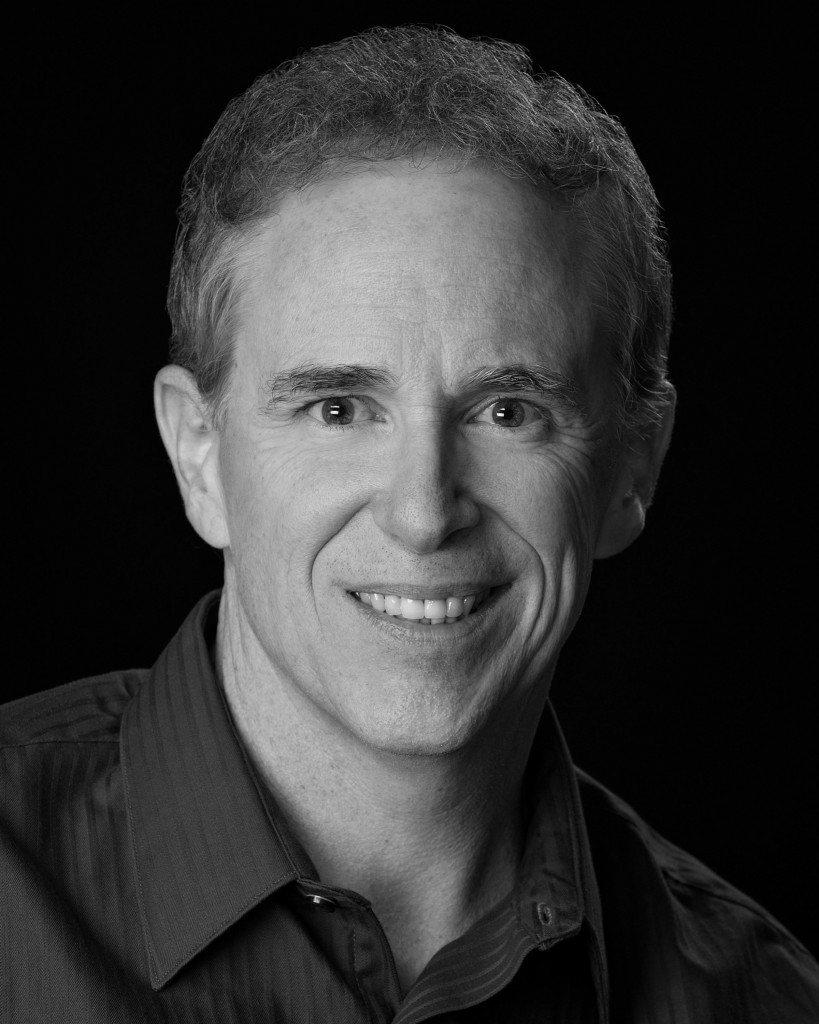
Is there anything about the artistic director’s position that scares you?
Well, I think it’s the age-old thing: It’s not exactly a “buck” but artistically the buck stops at the artistic director’s desk. The responsibility is there, and is placed squarely on your shoulders. I become the artistic director into the future, and that’s a daunting task. (As associate AD in Cininnati) I’ve had that opportunity to make decisions without the final … repercussions of those decisions. Because being an associate AD I was in an advisory position and I could have a strong opinion about things but ultimately I was there to further and bring to fruition the AD’s vision. And now that’s in my hands. So that’s a big responsibility and I take it seriously, and I’ve always wanted to do it.
Your choreographic influences seem to be more variegated than either Todd Bolender’s or Bill Whitener’s were. Todd clearly had a very focused Balanchine background, whereas with Bill we saw Joffrey, we saw Robbins, we saw Twyla Tharp, and he branched out quite a bit. If we were to try to “stereotype” you (if I may say that in quotes), who are the figures that have made the biggest mark on you or on your artistic outlook, which traditions?
Let’s say the first person that jumps into mind when you talk about choreographic influences – I mean, the sort of first physical live genius that I had a chance to work with – was Mark Morris. I had never seen a choreographer walk into a room with a score – this is totally true – he came in there with a score and sat down … and started working with us without any music. And that went on for almost a week. It was Poulenc’s Organ concerto, a gorgeous piece, you know, not an easy thing to hum along with. It was quite an interesting experience, the choreography just “came out of him.”
And then the next one would have to be Choo-San Goh, who was a contemporary of Kylián. Of course Choo-San died, sadly, early in his life, and I had the chance to be his Romeo in the only full-length ballet that he ever had a chance to do. He died way too young. But Romeo and Juliet had great success in the media, the press was very nice about it, and we did it at the Kennedy Center several times as well as in the Boston theaters. Again, this was an individual who walked into the room and became the characters. It was very difficult to keep up with him because it was coming out so fast. He was very prolific and very quick.
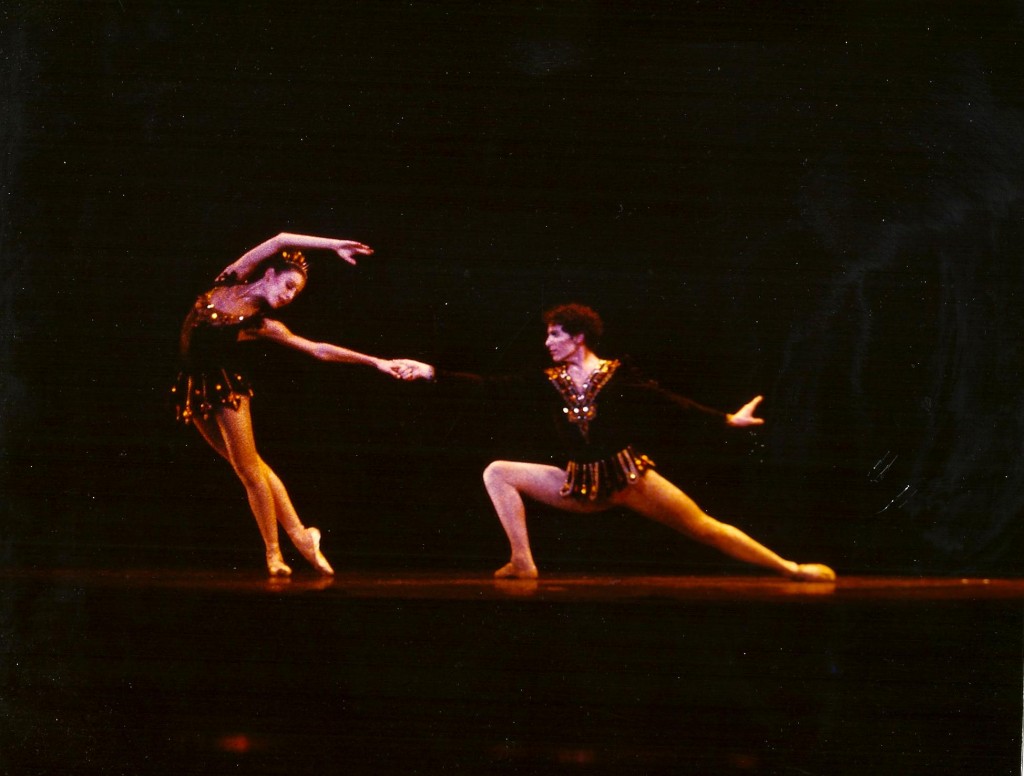
Mark went on to take on bigger and greater challenges and was in extremely high demand once he started doing works for ballet companies, and there was no turning back once he got started. His star rose very quickly, as did Choo-San’s. Choo-San was more of a ballet company choreographer, whereas Mark had a broader range of movement that could be done on more contemporary companies. So he was in much, much higher demand, and he had his own company as well.
So yes, Choo-San, Mark Morris, and of course Balancine, because I started my career in a Balanchine company: Boston Ballet was heavily Balanchine when I first started. I love your description of my being “variegated in my influences,” because I actually am, and I’m proud of that and grateful that I had that experience. … Boston was a Balanchine company when I started there, and then (former Balanchine principal) Violette Verdy left. (Later) we had Bruce Marks, who kind of diversified the repertoire a little bit more, and brought in a ballet mistress who had a strong Kirov connection. So we started doing the big – if you want to call them – “Russian warhorses,” the Don Q’s, Sleeping Beauty and all those big, big ballets, in Kirov versions, of course. … So I had about 10 years of a Balanchine company, and then I got this sort of amalgamated semi-Russian American company. And then Bruce left, and it was Anna-Marie Holmes … and finally Mikko Nissinen, and that’s where Boston Ballet now stands.
One of the things that Bill Whitener often got from members of the public was, “More big ballets! More evening-length ballets!” There were some. But I believe he thought that the company stood to grow more by doing more variety. Where do you stand between that dichotomy, if it is a dichotomy, between Swan Lakes every year, on the one hand, versus varied repertoire?
In between. I really believe in the classics as sort of like the foundation: If you’re going to be called a ballet company, the classic works need to be in the repertoire. And those usually come in the form of the more full-length evening-length works. I have my Giselle, my Sleeping Beauty, my Swan Lake – those kinds of works will come into the repertoire with me running the company. I believe that you have to have that kind of base. If you have a company that has the strength to be able to do the quality work with classical work like that – and that you understand the intricacies and the detail and the stylistic differences of say Giselle as opposed to Swan Lake, then when it comes to do the contemporary works, the more cutting-edge things, you have no problem with that.
Now if you only do contemporary work, you’re going to have problems with the classical ballets; if you only do the classical repertoire, the big older well-known ballets, you’re going to have trouble with the contemporary work. It’s about finding the balance between the two. And it’s a good thing for dancers, because the dancers grow. I think it makes a more well-rounded dancer. It’s a tricky balance, no doubt about it, but they’re beautiful ballets and there’s no reason to not do them. And it definitely brings in a different kind of audience, than say a typical mixed program.
I wanted to ask a little bit about the second company at Boston Ballet (CB2). How did that come together and when? And what are the advantages to having a second company?
First of all it attracts young dancers who are just coming out of their training, wherever that might be. It might be someone coming out of college, or even out of high school – very young, talented dancers who may not otherwise be found in the local Kansas City area. You draw nationally because you have the reputation of being a great ballet company. And some of those ballets being done by the company are larger ballets. Of course you have a full complement of professional dancers, and the second company members are able to help fill in some of the corps roles.
The beauty of that is that a really highly talented kid who is in the second company will alleviate the burdens, could possibly be entrusted with a soloist or demi-soloist role, when they would otherwise just doing the corps experience. You want to continue to push their talents forward, you want to give them their moment to test their chops, and the only way you can do that is if get them out of the corps. Maybe it’s a second cast, maybe it’s Nutcracker, maybe there’s a third cast, but somebody has to stand in that spot and do those steps. …
It’s a great opportunity for a dancer to train but still not have the expectation level of being a full professional company dancer. … You’re in there with the professional dancers, side by side. … Those kinds of experiences are how you become a professional. You can’t learn it in school, you can’t learn it in a classroom. It’s like the mama bird pushing the baby bird out of the nest: It’s time, you need to learn how to fly. And it looks awkward and they’re a little gawky for a while … but eventually they figure out how to use their wings. And that’s what a second company’s there for – an opportunity for them, and along the way the company benefits by having a few extra dancers who can help the company dancers out.
Another aspect that I always like to stress about a second company, is that because they alleviate a bit of the daily grind on the company … it’s actually an “injury prevention program” for the company dancers. Because that company dancer is not having to do quite so much. Plus they are truly ambassadors for the company. Last year our second company – and the trainees who do a lot of things with them – did 112 separate events in the 2012-2013 season. That’s a lot of impact in the local community. That’s a lot of reach: It’s all about reaching as many people as you can, face to face. And that might mean simply (that) the dancers go out and they wear nice tutus and a tiara, and it’s a photo op, and they take pictures of little kids. And the moms post those things online, “Look at our daughter,” and it’s just that social sort of interaction. It’s fantastic.
In the dance industry, if you’re going to be a serious and established company, a professional one, there should be a second company. And they all have one – Memphis Ballet, Miami, Boston. I helped Houston Ballet start theirs, just in an advisory role, and now theirs is very well established – they have their own season, and they perform all over.
It’s sort of like a rite of passage for companies growing from medium-sized to larger companies, and perhaps that’s sort of where KCB is right now. Why do you think this hasn’t happened up to this point?
I honestly don’t know. … But I firmly believe in it, and it’s priceless for dancers to have that year of transition, it really gives you a boost in your career. It gives you a chance to make mistakes, and that’s the thing you can’t afford to do when you’re in a ballet company in the professional ranks. The ballet staff doesn’t have the patience to put up with that, and they don’t have the money to waste time on you making your mistakes. When you’re in a second company you get to do the leading roles … so you get a chance to really try out what it’s like to be a lead in the company.
You commented in an interview with Dance Magazine that “it’s rare to see a dancer entering a professional career who has an understanding of the value and use of the arms.” Why do you think dance training at this point in our history is not paying more attention to arms?
It’s sort of like cars. Cars started out as basically a platform of four wheels and an engine. It was serviceable, but with time the expectation was make it better, make it faster, make it more efficient, make it with better aerodynamics, and of course that starts with the engine and then you get the aerodynamics of the body. And with ballet technique, what dancers were doing 40 years ago was so different from what they are doing now. … Today it’s how many pirouettes can you do, how many saut de basques. … The problem is that it’s often at the expense of the artistry. Artistry is the soul and the heart of what you do, and that comes out a lot of the time, most of the time, in your port de bras. … There’s a whole dimension, a connection that an audience member can relate to when there’s that humanity in the movement quality. And I’ve always been a big person who loves to see really big port de bras, and it is somewhat overlooked in the day to day hustle and bustle of rehearsal.
The Kansas City Ballet currently has no structure of principals-soloists-corps. Do you think you might look into reinstating that structure?
It definitely feels very different to me. I want to investigate it further and look at it. My first blush is that I would love this company to have ranks. But I don’t want to rush into that, because it was obviously established that way, and meant something to a lot of people. When you look at pros and cons, if I were to put on my resume only that I was a “member” of the Boston Ballet, after all that I did there, and the amount of time I was principal dancer leading the company, to just be able to say I was a “member” of Boston Ballet it’s like singing the final high C of a grand aria off-key. There’s just something that doesn’t feel right about that to me.
So when you watched the KCB dancers here, tell me what you saw.
Well, I had the unique challenge of teaching the dancers during a performance week, which is an especially gentle time for teaching. It’s a time to just give them a class that gets them ready for the day, because they have a lot on their minds. And of course I said that to them even before I started the class. I said, I recognize that this is a performance week, and you have rehearsals in the theater today, so don’t worry, we’re just going to do a class to get you ready for the day and that’s all.
What I did see is that they are a very hard-working bunch. They are very conscientious about their work, and they are desiring to do better, I could feel that. And they were very grateful for all the corrections, thankful that I took an interest in each of them, which was reassuring for me, that indeed they enjoyed the class and wanted to improve their technique. I feel like they’re a group that is really ready for a big push forward, I really do. I just get that sense. And I am excited to be in a position to help move them forward to new heights of artistry.
What do you see that makes you feel that way? … What are the things that make you think they’re ready for the “big push”?
How do I know that they’re ready to move forward? You know that song, “The Eye of the Tiger”? It’s that kind of thing. I see that in a lot of them. … They’re ready to go, and they’re excited about what they’re doing. They’ve got an energy that I can feel. I sense that they’re going to really be receptive to a lot of input, and that’s exactly what I intend to do for this next year: I intend to teach a lot, and kind of kick-start them into a broader sense of movement. And like you said – and I’m glad you stated it yourself – the port de bras is essential, because that’s where you have your expressiveness, in your arms and your head, which is of course attached to your port de bras. Don’t get me wrong, it’s not like they don’t know what they’re doing. They’re clearly in a position now with the technique they have to just be able to go another step forward. And I want to be there for them, to challenge them on a day-to-day basis, in terms of class, as well as in terms of what repertoire we’ll be doing once we get past next season.
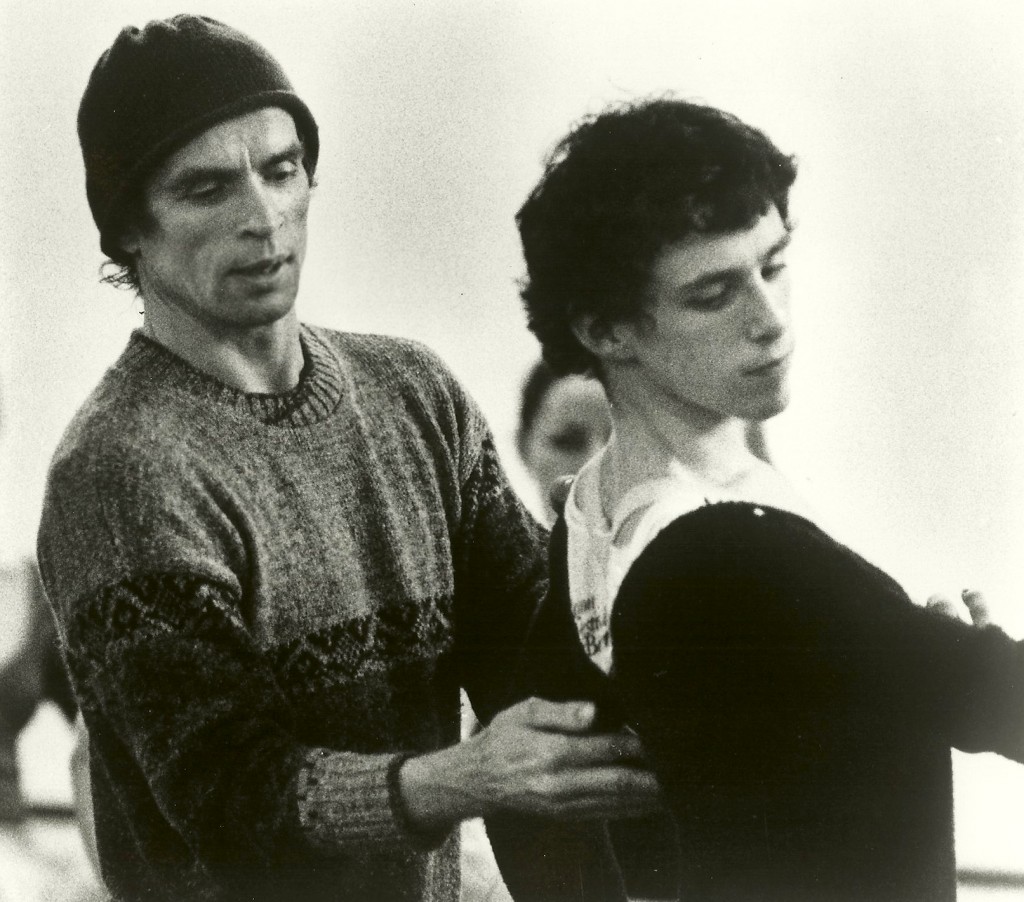
You had a pretty long career as a dancer, was it 21 years?
Yes I did. My goal was to make it to (age) 40, and I made it to 40, so that was good.
You mentioned in an interview with Laura Spencer that you were reading a book about the rituals of artists (Daily Rituals: How Artists Work). Tell me a little bit about your life. You must have been doing some things right to be able to dance in a major company for that long. Do you have, and do you still maintain, a kind of ritual in terms of training, in terms of class, diet, exercise?
I wish I could say exercise is part of my life (laughs). I give myself to everybody else and I tend to not pay attention to me enough. But that’s now. In the past, class was a serious ritual for me, and that means you’ve got to get up in the morning. And once we had kids, getting up and getting into class was a big challenge. You’ve just got to keep getting up and doing it, and not stay up late at night, and not go out.
You were still dancing when your kids were young.
Yeah, they were very young. The first one was born in 1987, and I still had another 11 years left of dancing after that. So basically, now that you’re talking about it, it was one year after I became a principal dancer that we had our first child. And then the other one was three years later, in 1990, and I had eight more years of dancing in my career.
Did the kids “get” what Dad did for a living? Well, Mom and Dad both, actually.
Yeah, they eventually took ballet class at Boston Ballet. They tried their hand at it, and neither of them went on with it. They both “got it,” because they were like, “Boy, this is too hard for me, I want to do something else! You can do that daddy, that’s fine.” My son wound being a party child in Nutcracker, and he stuck with it for a couple more years, and my daughter and I actually shared the stage with him when I did Drosselmeyer. He definitely had the talent for it, but he just wanted to do other things, like a lot of boys want to do other things. So now he’s a musician and my daughter is a visual artist. They both were affected by the arts, so it’s wonderful to see them becoming artists in their own ways.
Did Nutcrackers come into conversations during your interviews here? Can you tell us partly at least what your thinking is there?
Sure. I definitely want to do a new Nutcracker. The question is how far into the future will it be that we begin that journey to a new Nutcracker?
You want to do your own. Have you done one before, or would this be your first?
It would be my first. I would definitely love to do it. And there’s a lot of support. … It’s time. But it will take time, you know: It’s a big production, and I want to line up the right kind of designers for the sets and costumes, and the lighting designer, and you know, those take time. They have to “choreograph” their ballets first before I do mine. We need those designs in place, or a good idea of what those designs are going to be, before I can create around that concept. But yeah, we’ll see exactly what year it’s going to be. Of course again, it’s a lot of conversation up to now, we haven’t had really concrete discussions about determining the timetable. But as soon as possible, is the way that I’d like to put it.
How is your contract worded, in terms of you creating ballets? Is it stipulated, or is it just left open to you whether you want to create a piece of your own every season?
It’s very open. There are no requirements and there are no regulations. … There’s nothing that’s stopping me and there’s nothing that’s making me. Which I appreciate. I get to do it when I want to do it.
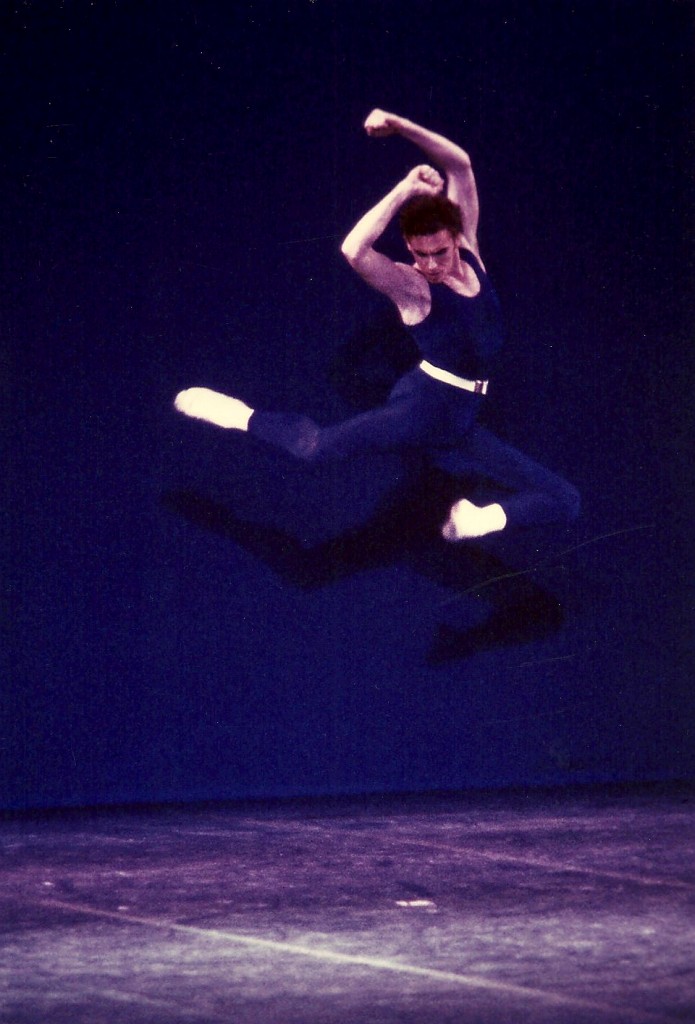
When do you anticipate we might see a first work of yours, and do you have something in mind already?
I think the first work most likely is going to be Giselle. … And throughout the course of the first year I’m not sure how much I can do and still take care of the company’s overall artistic vision. So it would be 2014-2015. But beyond that … I’m not sure what else. It depends on what else I’m going to wind up bringing to that season, and whether I’ll be able to fit something in. I don’t have a very large ego when it comes to that kind of thing. I love choreographing, and if it’s necessary and it’s needed then I’d love to do it. I’m happy to do it and it’s a wonderful artistic outlet. And I’ve had the great fortune of doing almost two productions each year for the last five years or so.
When you choreograph, does the spark for a piece begin with the music? Or do you sometimes have a spark of an idea and then go looking for the music?
Typically it’s the music. I mean I’ll have a tiny, tiny idea – like, I want to do a real moody work, and then I’ll start looking for music that’s kind of moody and introverted and intense. Or I want to do a real “up,” fun, happy work, as when I chose Dave Brubeck’s Take 5, a fantastic piece of music. I love that music. My dad used to play it in his art studio, and it always reminds me of good times and good moments in my life.
You overlapped with KCB music director Ramona Pansegrau in Boston, right?
Oh yeah. You have no idea – this is a dream come true, to get to work with Ramona again. It’s unbelievable. Kansas City Ballet is so fortunate to have her talents that she’s giving to the community. You know, she was just brilliant in Boston. She plays as class pianist as well as accompanist, and for rehearsals. She’s totally at the top of her game all the time. I said goodbye to her when she left (Boston) to head off to Tulsa Ballet – and the next time I saw her, 10 or 15 years later, was when I came to do the interview here.
To reach Paul Horsley, The Indy’s performing arts editor, send email to phorsley@sbcglobal.net or find him on Facebook (paul.horsley.501) or follow him Twitter (@phorsleycritic).
Features
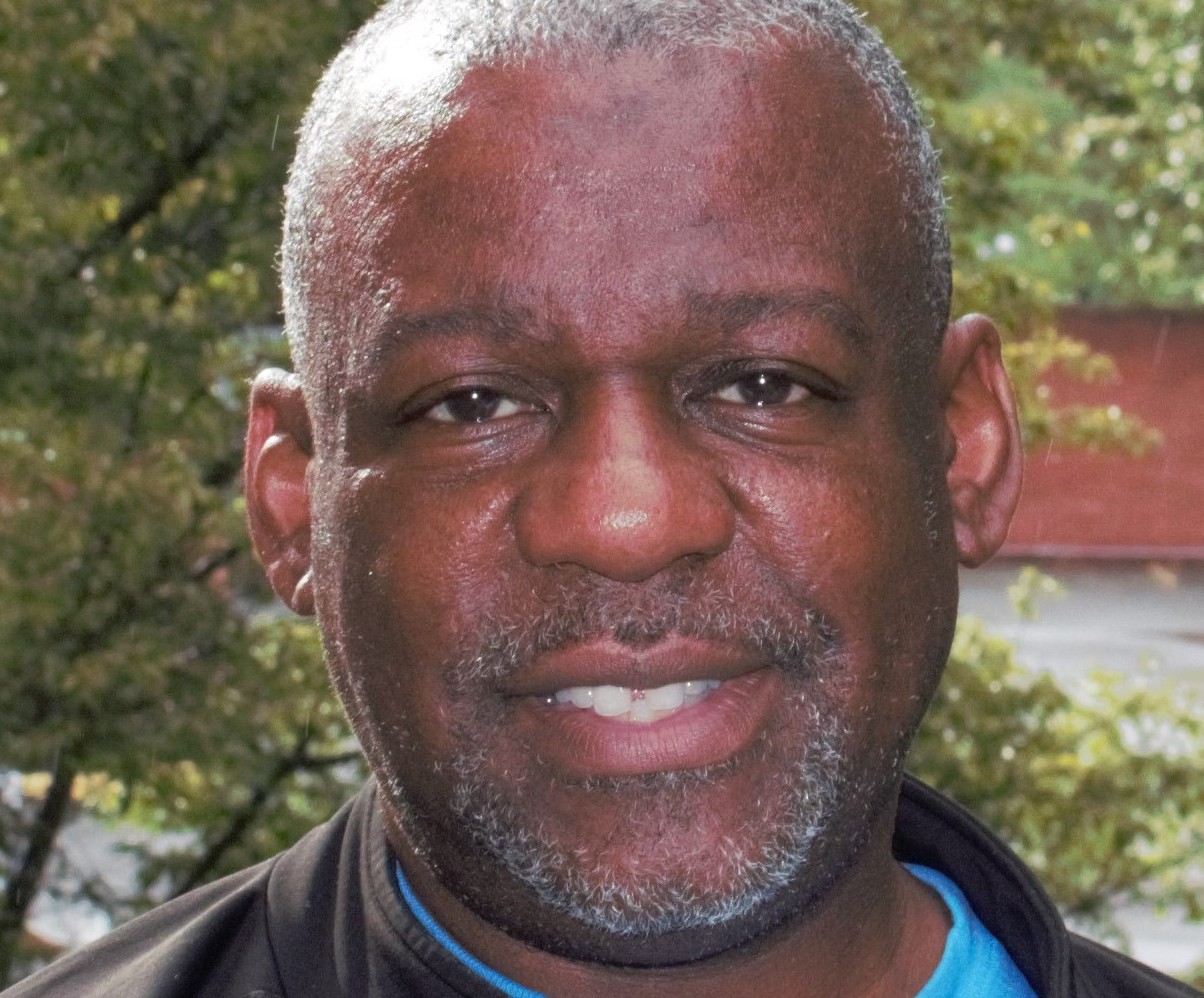
Tyrone Aiken danced prodigiously as a youth, trained at The Ailey School as a young adult, worked as a professional dancer at the height of the New York dance ferment,…
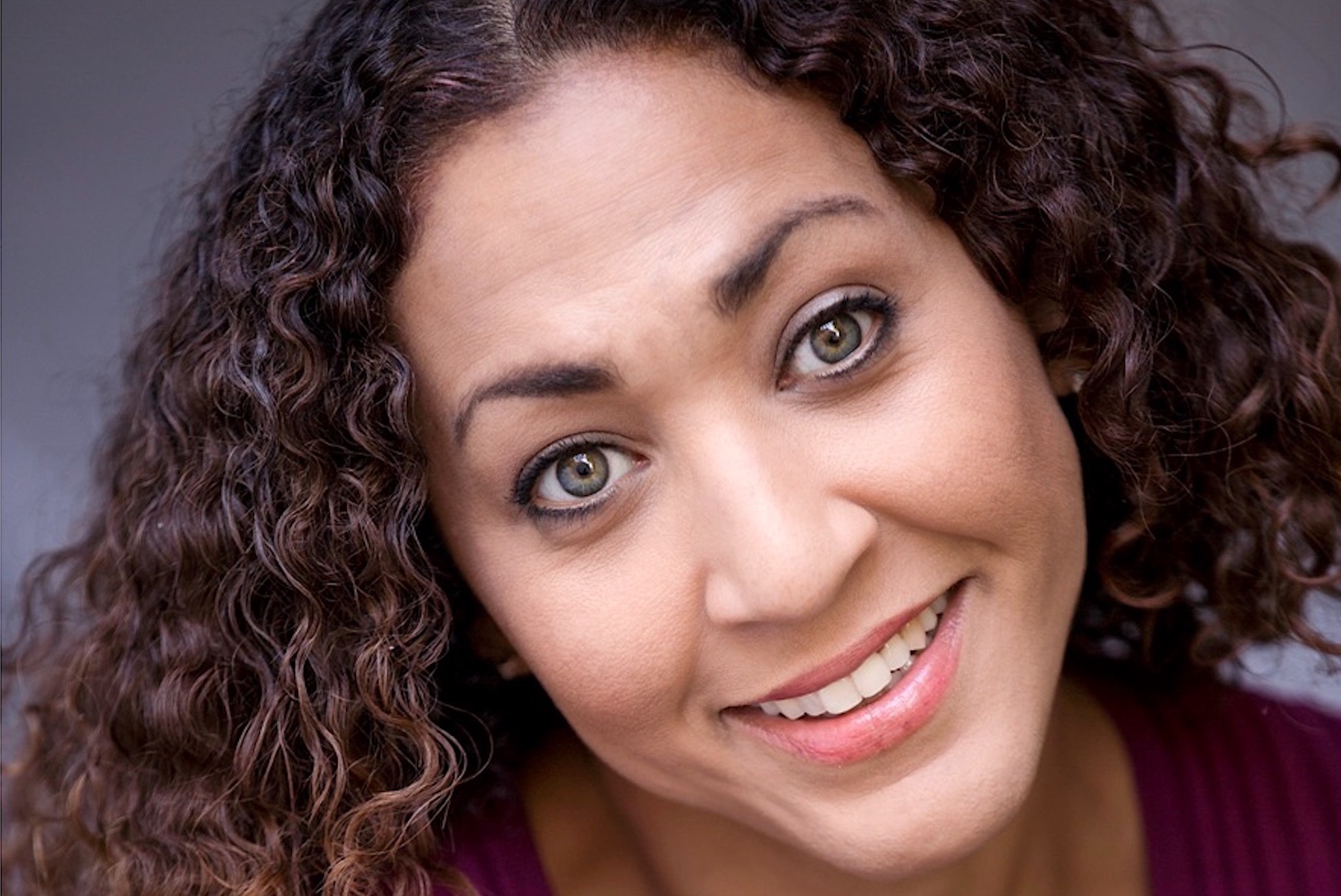
CAROLINE DAHM Dancer, choreographer, producer, master teacher, adjunct dance professor at The UMKC Conservatory, assistant director at Wylliams/Henry Contemporary Dance Company What I love about the Kansas City performing-arts scene: Kansas…
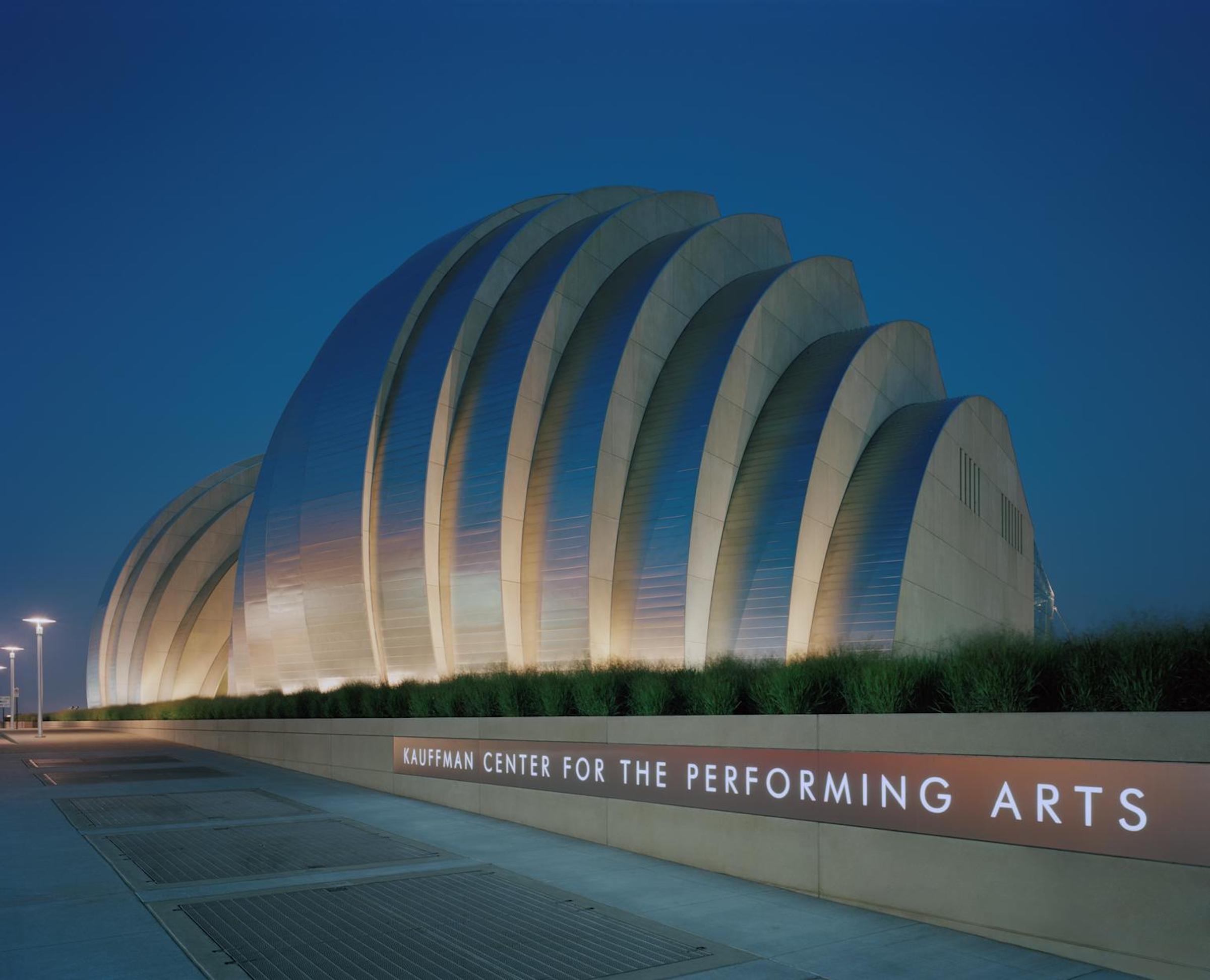
It’s difficult to remember what the Kansas City skyline looked like 20 years ago, before the Kauffman Center for the Performing Arts began to take shape at 16th and Broadway.…






